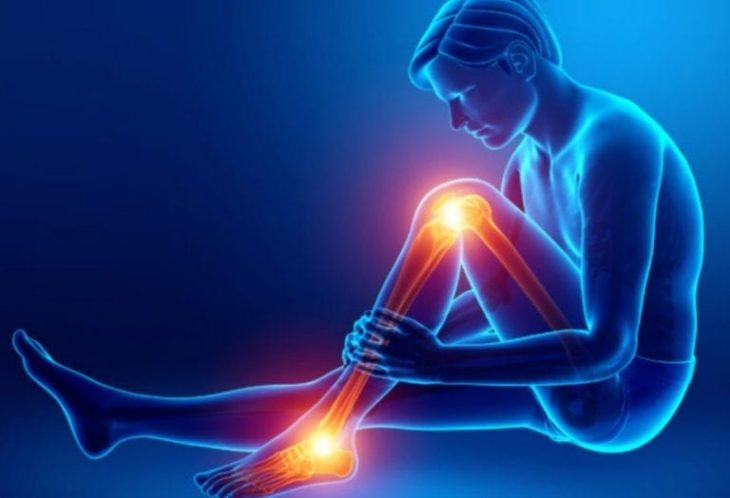You would be amazed at the fact that as many as 4 out of 10 people will get diagnosed with sciatica, or some sort of irritation to the sciatic nerve, some point in their lives. Sciatica is a term that is used to describe any pain or discomfort down the path of the sciatic nerve, which starts from your lower spine and all the way down to your foot and toes.
Any form of pressure put to the sciatic nerve will cause you pain, and any sort of irritation will appear as a discomfort any way along the path of the nerve. This pain can range anything from mild ache, sharp burning feeling, or extreme discomfort along the sciatic nerve path. This pain can be further worsening by continued sitting, standing up, coughing, sneezing, twisting, or straining. Sciatic pain can be treated with medications, using hot and cold packs on the places where the pain occurs, some sorts of remedies, and surgical treatment.
Source: Craig CallewartContents
1. Medication for Pain Relief
- Doctors recommend a bunch of over the counter oral medications such as acetaminophen, aspirin, NSAID’s like Ibuprofen, ketoprofen, naproxen
- Various prescriptions for muscle relaxants
- Antidepressants for major chronic back pain
- Prescription medications for severe back pain
Although a viable source to battle sciatica, it is not recommended to give aspirin to children under the age of 18 because it increases the risk of Reye’s syndrome. Some even use steroid medications, which are injected around the space of the spinal nerve and they are used only in the cases of pain caused by herniated or ruptured disc.

Source: hnhchiro.com
2. Surgery For Sciatica
Although sciatica is very common in today’s society, only a small percentage of people will require surgery as a means of battling the pain and discomfort. Orthopedic surgeons say that only if the pain lasts for more than 6 weeks, despite treatment, you may refer to seeing specialists for sciatica. A surgeon will then asses your problem and find a solution to it. If your condition keeps getting worse, and you do require a specialist, surgery will correct the problem and may relieve sciatica pain.
3. Non-Surgical Solution
Sciatica can also be treated without the use of surgery, and in most cases, people will sciatica pain recover after a few weeks of treatment. The goal for these treatments is to remove the irritation of the nerve itself. This will cause improved movement in the areas around your spine. These treatments deploy activities such as bending, lifting, and prolonged sitting, as a way to remove the pain. One such treatment is Spinal Manipulation and Mobilization. This treatment aims to restore previous normal balanced movement to your spine, which will completely remove the irritation of the sciatic nerve and successfully stop sciatica pain. This is usually done by doing stretching and flexing exercises.

Source: Cleveland Clinic Health Essentials
Symptoms for Sciatica
The most common symptom to sciatica is leg pain. This can be pain located in one or both legs. Sciatica pain often starts in the back of your buttocks area and spreads towards the back of your things and into your legs or feet. Usually, sciatica pain is very sharp and can be categorized as very intense pain.
